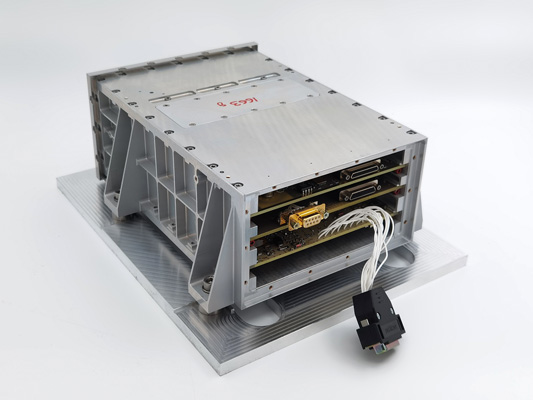Science Overview
Solar-C is the next Japanese solar physics mission to be developed with significant contributions from the US, Europe and Japan. The mission carries an Extreme UV (EUV) imaging spectrometer with a slit-jaw imaging system called EUV High-Throughput Spectroscopic Telescope (EUVST) as the mission principal payload.
EUVST is designed to take a fundamental step towards answering how the plasma universe is created and evolves, and how the Sun influences the Earth. In 2020, SOLAR-C_EUVST was down-selected as the fourth in the series of the competitively chosen M-class mission to be launched with an Epsilon launch vehicle in 2028. The mission underwent the Mission Design Review in 2021.
The second instrument onboard SOLAR-C is the Solar Spectral Irradiance Monitor (SoSpIM) and is led by PMOD/WRC. It will provide “Sun-as-a-star” spectral irradiance measurements over two bands that overlap with EUVST, the Short EUV and Lyman-Alpha bands. This provides both scientific and cross-characterisation capabilities.
SoSpIM and EUVST will work hand-in-hand. While EUVST will deliver spectral observations from the chromosphere to the corona, tracking the energy flow on small spatial scales, SoSpIM will measure the integrated irradiance over the bands of interest, not just those within the EUVST field-of-view. The SoSpIM instrument provides the connectivity between the flare processes captured in detail on the Sun by EUVST and the impact of those irradiance changes in different layers of the Earth’s atmosphere.



